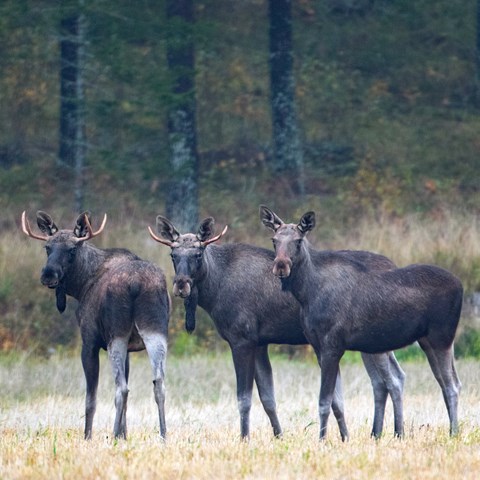Facts:
Beyond Moose and Governance
The Swedish Environmental Protection Agency and the Wildlife Conservation Fund have financed two six-year research projects to increase knowledge of the challenges that come with a complex ungulate system. The projects are Beyond Moose and Governance and have now ended.
The joint final report addresses issues and presents proposals for different trade-offs between different ecosystem services – for example, game meat and recreation on the one hand and fibres and food from forests and crops on the other.
The report Adaptive co- and multi-species management of ungulates (Summary in English.)
Recommendations for game management
Some of the researchers' recommendations:
After harvest, replant with Scots pine where the land is suitable, and ensure good access to other forage, especially dwarf shrubs such as bilberry, to reduce damage to pine.
Take into account the forage needs of the entire ungulate community, and regulate all species through hunting in a joint multi-species management.
Adapt management measures to local and regional conditions.
Evaluate and further develop the monitoring methods used today, both methods to measure damage and game densities.
Strengthen collaboration among different levels of administration.
The country's moose management groups need to develop strategies for collaboration and problem solving.
